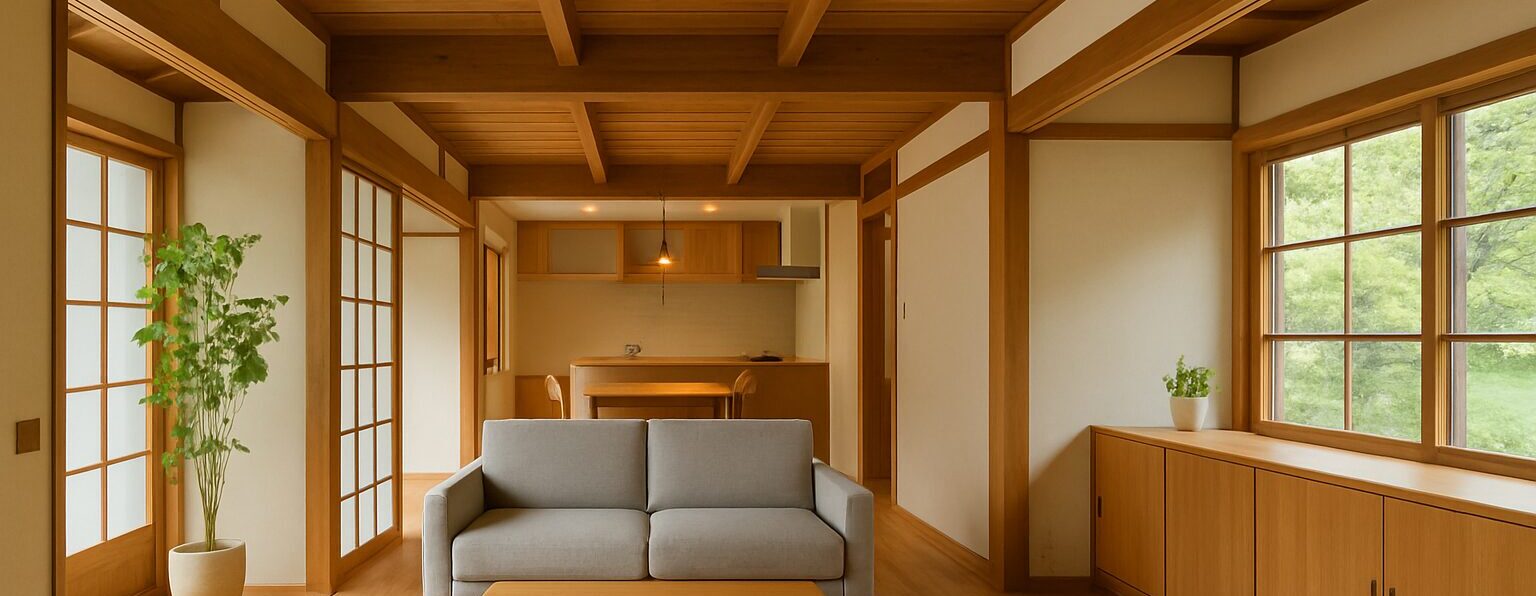ブログ
2025-05-11
How to Renovate an Old Vacant House in Japan

🏚️ How to Renovate an Old Vacant House in Japan
A Complete Guide for Foreigners Looking to Buy and Restore Abandoned Homes
Looking to renovate a vacant house in Japan? With thousands of abandoned homes (called akiya) across the country, more foreigners are buying old Japanese houses at affordable prices and restoring them. This guide walks you through the key steps of renovating an old home in Japan—whether it’s for living, renting, or investment.
✅ Step 1: Inspect the Property and Check Legal Status
Before buying or renovating an akiya, always start with a professional home inspection. Check for:
- Termite damage
- Roof leaks, mold, or water issues
- Foundation and structural integrity
Also, visit the local city hall to check:
- Rebuilding restrictions (some homes are in no-rebuild zones)
- Zoning laws and road access
- Property ownership and boundary lines
✅ Step 2: Plan Your Renovation Goals and Budget
Clearly define your renovation goal:
- Personal residence
- Rental or Airbnb
- Guesthouse or café
- Resale investment
Set a realistic budget:
Renovation priorities typically include:
- Kitchen, bathroom, toilet upgrades
- New plumbing and electrical wiring
- Roof and wall repairs
- Earthquake retrofitting (critical for homes built before 1981)
- Energy efficiency: windows, insulation, heating
✅ Step 3: Find a Reliable Renovation Contractor in Japan
Get quotes from:
- Renovation companies experienced in old houses (kominka)
- Local builders or carpenters
- Licensed architects familiar with Japanese building codes
Pro tip: Always get at least 2–3 quotes and ask for detailed breakdowns of materials and labor.
✅ Step 4: Begin Renovation Work
Typical renovation process includes:
- Demolition of unsafe or outdated areas
- Structural reinforcement
- Utilities replacement (electricity, gas, plumbing)
- Interior/exterior remodeling: floors, walls, doors, paint
DIY is fine for painting or interior decor, but leave structural, electrical, and plumbing work to professionals.
✅ Step 5: Apply for Permits and Take Advantage of Subsidies
For major structural work, a building permit may be required (kenchiku kakunin shinsei).
Check with your municipality for available support:
- Renovation subsidies for empty houses
- Tax breaks for long-term renovation
- Support from Akiya Bank (vacant house listings)
✅ Step 6: Aftercare and Maintenance
Once the renovation is done:
- Get fire and earthquake insurance
- Schedule regular inspections
- Handle small repairs early to maintain value
Final Thoughts
Renovating a vacant house in Japan is a great way to enjoy affordable property and create something truly unique. With proper planning, the right professionals, and a bit of creativity, you can turn an abandoned house into a beautiful home or a successful business.
If you’re ready to start your renovation journey, or need help finding properties and contractors, feel free to contact us!